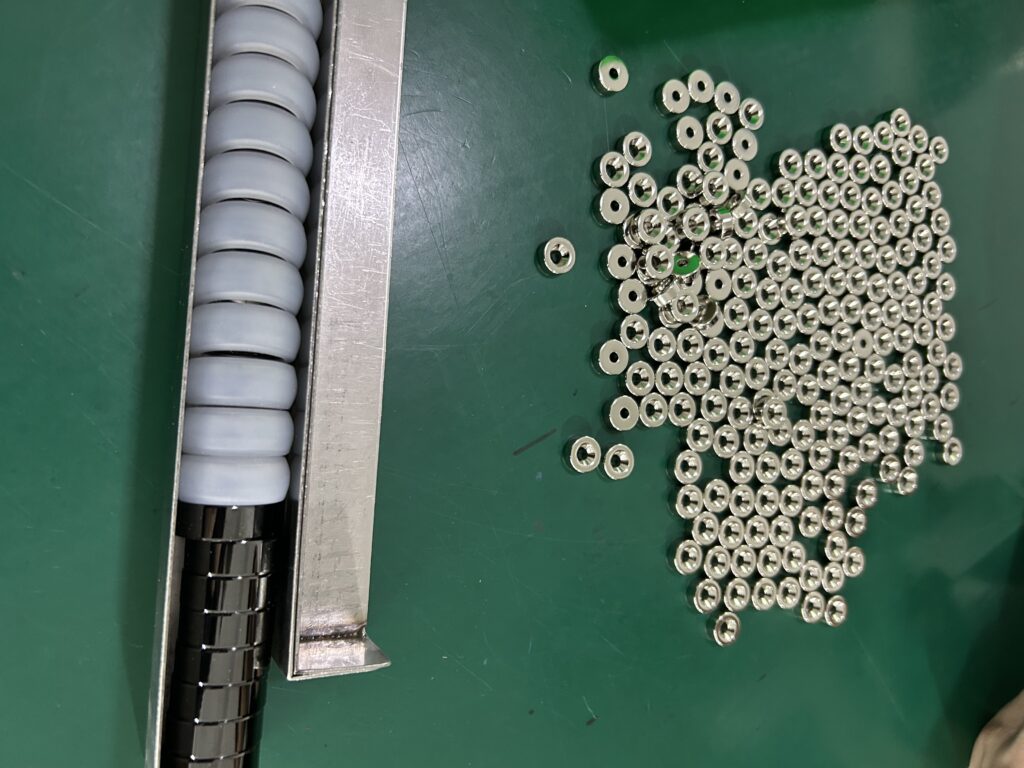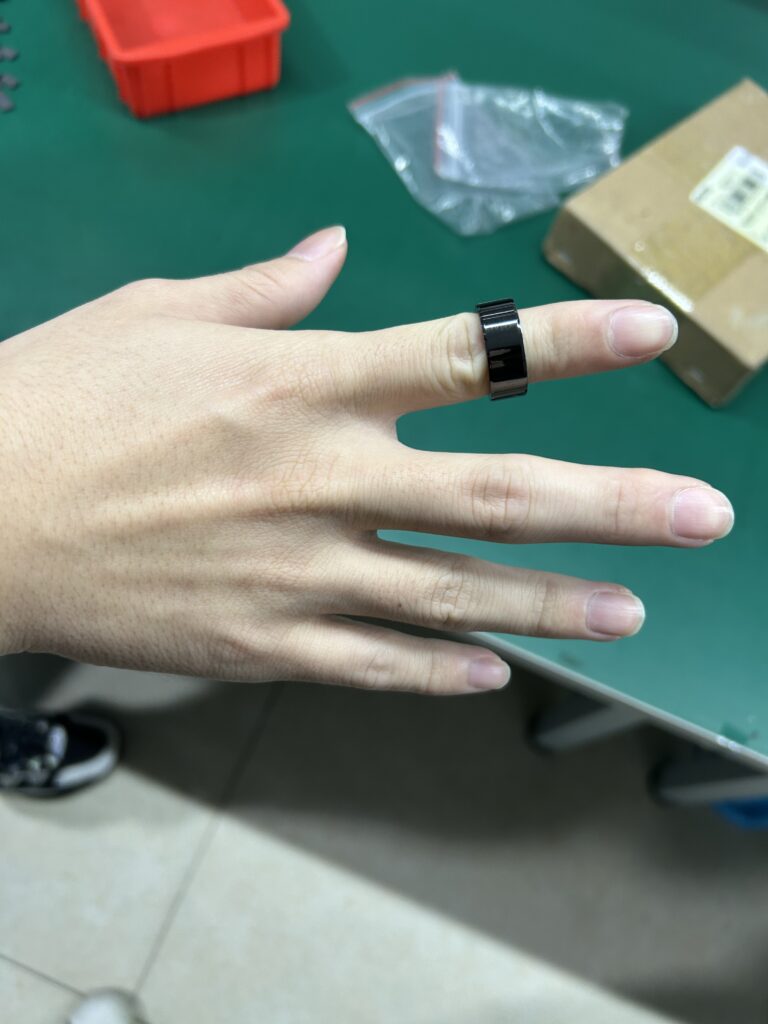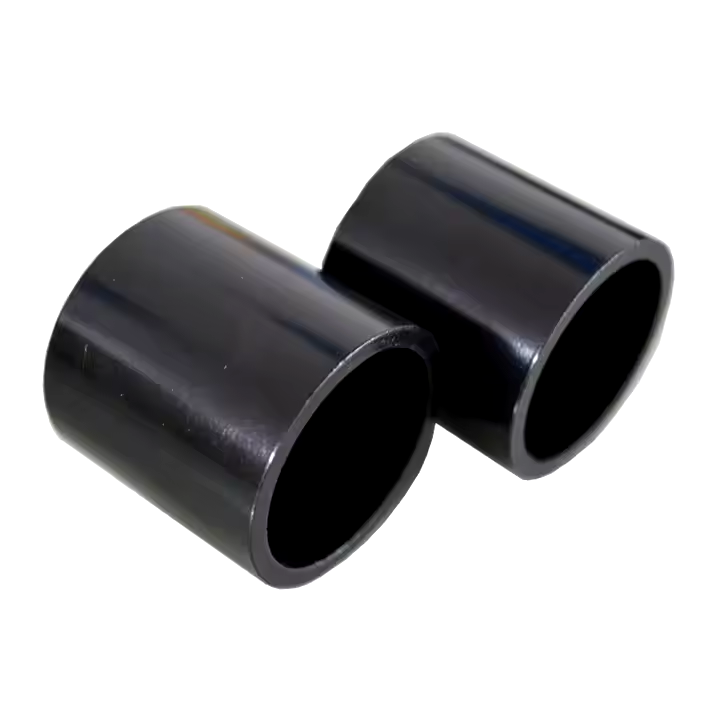Forholdet mellom magnetiske smarte ringer og NdFeB-magneter


Magnetic smart rings usually use the strong magnetism of neodymium iron boron (NdFeB) magnets to achieve multiple functions. The following is the application relationship between them:
- The basic working principle of magnetic smart rings
Magnetic smart rings are wearable devices embedded with magnets or magnetic materials, usually used to control electronic devices, health monitoring, identity recognition, etc. Its core relies on the strong magnetism of neodymium iron boron magnets, which enables it to interact with specific sensors or devices.
- Application of neodymium iron boron magnets in magnetic smart rings
NdFeB magneter are a high-performance rare earth permanent magnetic material, and their main contributions are in the following aspects:
- Strong magnetic adsorption: NdFeB magneter have high magnetic energy product, which enables the ring to be easily adsorbed to the magnetic surface, and are often used for convenient storage or in conjunction with certain electronic lock systems.
- Non-contact control: Using magnetic field changes, it can interact with Hall sensors or magnetic induction coils to achieve gesture control such as sliding, rotating, and clicking, which is used in smart homes, mobile phones, VR/AR devices, etc.
- NFC/wireless charging assistance: In some smart rings, NdFeB magneter may be used to stabilize the position of the wireless charging coil, improve charging efficiency or enhance NFC signal sensing capabilities.
- Magnetic therapy and health monitoring (controversial): Some smart rings claim to use magnetic fields to affect human blood circulation or relieve fatigue, but there is still a lack of scientific evidence for such effects.
- Application examples

- Smart access control: Place the ring close to the door lock and use the magnetic field to trigger the Hall sensor to unlock the door.
- Smart gesture control: Magnetic rings can be paired with smart devices (such as smart lights, TVs, VR devices, etc.) to control the devices through changes in the magnetic field of the finger.
- Wireless data transmission: Some smart rings combine magnetic field sensing with NFC technology for identity authentication, payment and other functions.
- Magnetic health devices (to be verified): Some rings use magnetic fields to affect meridians and blood circulation, but their medical effects are still controversial.
- Advantages of NdFeB magneter
- High magnetic properties: Compared with ordinary ferrittmagneter, NdFeB magneter can provide stronger magnetic fields, allowing smart rings to maintain high efficiency in a smaller size.
- Durability and reliability: After plating treatment (such as nickel plating), the oxidation resistance can be improved and the service life of the magnet in the ring can be extended.
- Potential problems
- Biocompatibility: Some inferior NdFeB magneter may contain harmful plating (such as unstable nickel plating), which may cause skin allergies after long-term wear.
- Magnetic interference: Strong magnetic fields may affect magnetic storage devices such as bank cards and hard drives, and the magnetic field distribution of the ring needs to be reasonably designed.
The core role of NdFeB magneter in magnetic smart rings is to provide strong magnetic adsorption and magnetic induction interaction capabilities, so that the ring can interact intelligently with electronic devices or physical environments. In the future, with the advancement of material technology and sensor technology, the application of magnetic smart rings may be more extensive, such as more accurate gesture control and health data monitoring.






